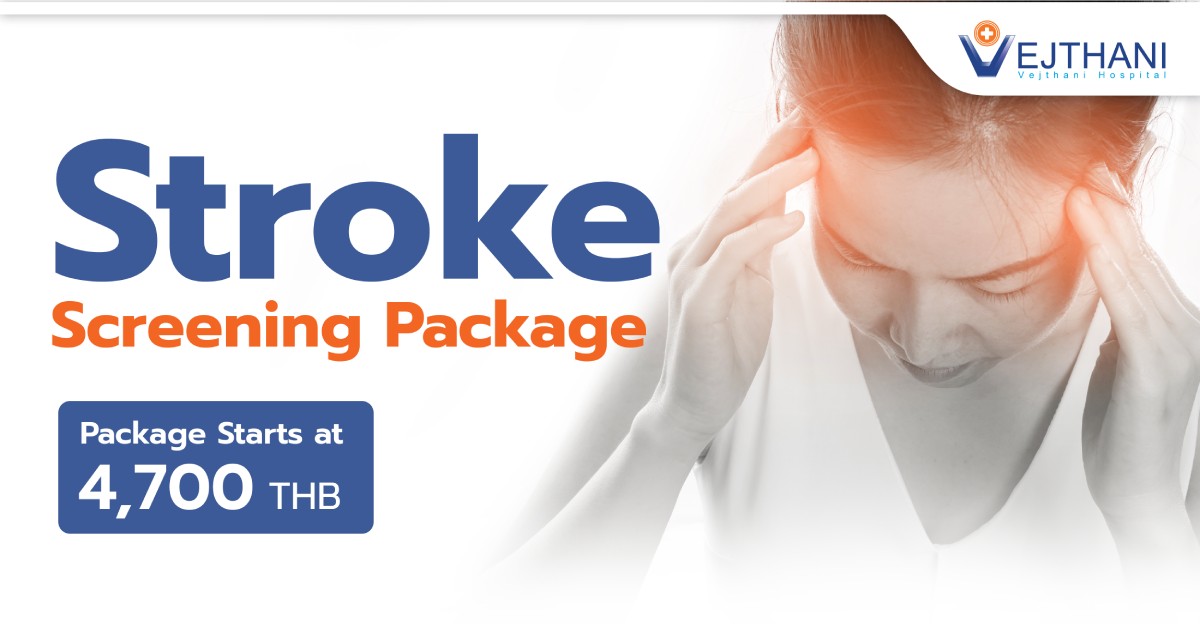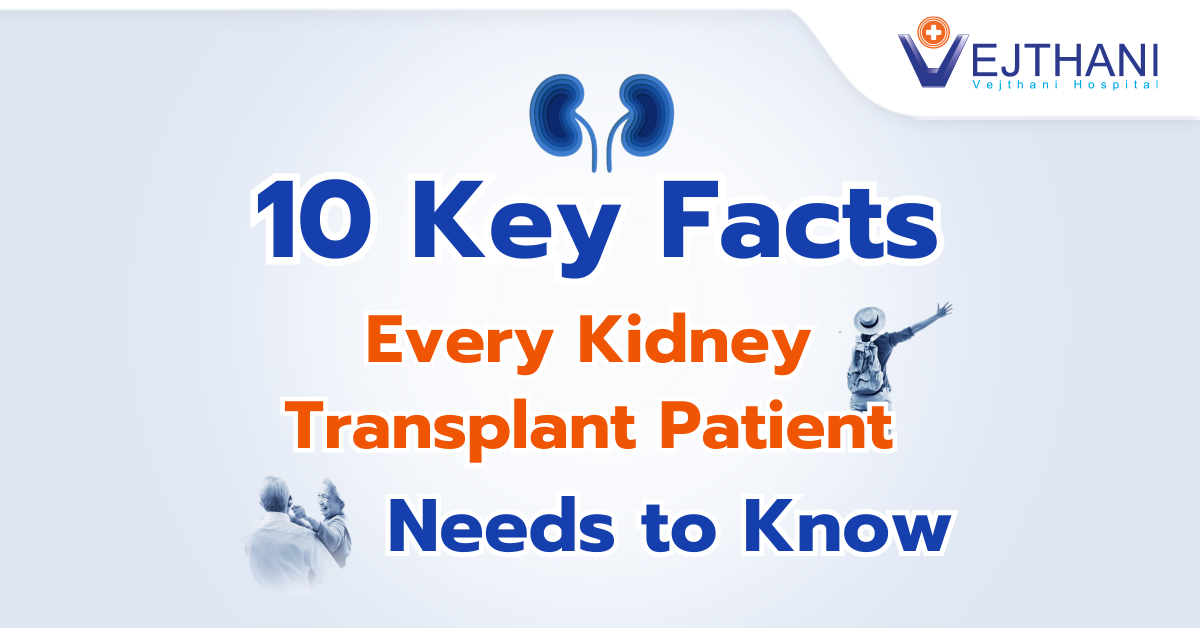
ECMO
Overview
Someone whose heart and lungs aren’t working properly may benefit from artificial life support called Extracorporeal Membrane Oxygenation (ECMO). Blood is continuously pumped out of your body via ECMO, and the blood is then passed through equipment that adds oxygen and subtracts carbon dioxide. The blood is then pumped back into your body by it.
Extracorporeal membrane oxygenation is referred to as ECMO. Extracorporeal refers to being “outside the body.” The remainder of the term alludes to supplying your body’s cells with oxygen.
When dealing with a respiratory infection, heart attack, or trauma, ECMO care can be quite helpful in allowing your heart and lungs to recuperate.
During ECMO blood is removed from your body through a tube in a large blood vessel located in your neck, at your groin, or in your chest during an ECMO treatment. Your blood is pumped through tubes to a machine that eliminates carbon dioxide and adds oxygen. Your blood is then pumped back into your body by the machine.
In addition to helping those who require lung support, ECMO therapy has the ability to bypass the heart and lungs.
Reasons for undergoing the procedure
Only patients in need of urgent or critical care are placed on ECMO, a sophisticated system used by doctors. Mechanical ventilation devices provide life support by facilitating the movement of air, but they do not directly oxygenate the blood or remove carbon dioxide from it. These gases can be exchanged by ECMO in a manner akin to that of your lungs.
Conditions treated by ECMO
Acute Respiratory Distress Syndrome (ARDS)
Acute respiratory distress syndrome, which limits the amount of oxygen your lungs can take in and expel carbon dioxide from your blood, can be brought on by lung damage. This may occur when:
- Respiratory infections, including pneumonia, new coronavirus causing COVID-19, influenza, and more.
- Sepsis, which causes lung damage.
- Bleeding of the airway.
- Overdose of medications.
- Burns and injuries from inhaling. Your lungs can be harmed by breathing in hot air from a fire, smoke, or hazardous chemicals and fumes.
- Aspirating something or drowning, whether food, drink, vomit, or water, into your lungs.
- Pancreatitis. Your body may emit toxins and chemicals when your pancreas is inflamed, which could harm your lungs.
Pulmonary embolism
A pulmonary embolism occurs when a blood clot that originated in your body—usually your legs—moves toward and becomes lodged in your lungs. This may prevent blood from entering your lungs, which may result in fatal heart and lung failure.
Heart injuries
If you suffer from diseases or trauma-related cardiac damage, you can require ECMO treatment. Among these are a few of these:
- Heart attack
- A fall or car accident can cause trauma that bruises and damages your heart muscle
Infants and newborns
ECMO treatment is frequently provided to newborns and infants with heart and lung issues, particularly those born prematurely.
Transplants and surgeries
ECMO can act as a “bridge” until a patient is able to receive the necessary treatment or operation. When a patient is awaiting a heart or lung transplant, or during certain circumstances, doctors employ ECMO during:
- Heart and lung surgery
- Recovery after surgery
- Transplant surgery
- Maintaining the longest possible life for an organ donor
Risks
Even though an ECMO machine is a very useful medical device, there are some serious hazards associated with it.
- Infection. Any breach in your skin poses a risk of infection, and the tubes within an ECMO circuit can provide a direct pathway for infections to enter your bloodstream. An infection may spread throughout your body more easily as a result.
- Bleeding. The need for tubes to enter large veins and arteries can make you more vulnerable to bleeding.
- Clotting problems. Blood thinners are also required for anyone on ECMO due to the possibility of clot formation. Blood flow could potentially be disrupted by clots that become lodged in the ECMO circuit.
- Stroke. Strokes can happen from blood clots in the circuit that end up going to the brain or from spontaneous bleeding in the brain while receiving ECMO treatment. This might endanger your life.
- Low or uneven blood oxygen levels. Your blood oxygen level should normally range from 95% to 100%. The target range for ECMO is typically 86% to 92%. Ensuring a consistent blood oxygen level throughout your body can also present a challenge.
- ECMO circuit failure. The ECMO circuit as a whole may shut down in the event of a mechanical breakdown in any one component. This might endanger your life.
Before the procedure
When life support is required following surgery or when you are really sick and require assistance for your heart or lungs to repair, ECMO is employed. Your doctor will determine if it could be beneficial. Your doctor and certified respiratory therapists will get you ready if you require ECMO.
During the procedure
In order to extract blood, your doctor will insert a thin, flexible tube called a cannula into a vein. To replenish your body with warmed oxygen-rich blood, they will put a second tube into an artery or vein. In order to keep you comfortable while getting ECMO, you may be given additional drugs, such as sedation, and you might not be able to speak during this period.
After the procedure
For a few days to a few weeks, ECMO may be administered, depending on your health. Your condition will determine how long you receive ECMO. Your doctor will go over what to anticipate with you and/or your family.
Outcome
On ECMO, a patient may remain for days or weeks at a time. The reason a patient needs ECMO treatment will determine how long they stay on it.
While a patient is on ECMO, doctors will periodically check their heart and lungs to make sure everything is well and there are no problems. Additionally, it tells medical professionals how long to keep a patient on ECMO.
The process of weaning a patient off of ECMO will start as soon as they exhibit symptoms of improvement. This process typically requires two to five days to complete.
Contact Information
service@vejthani.com






















